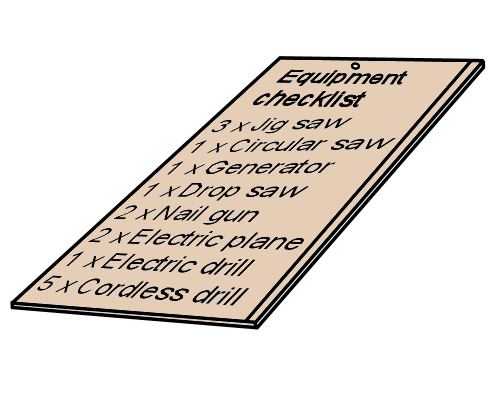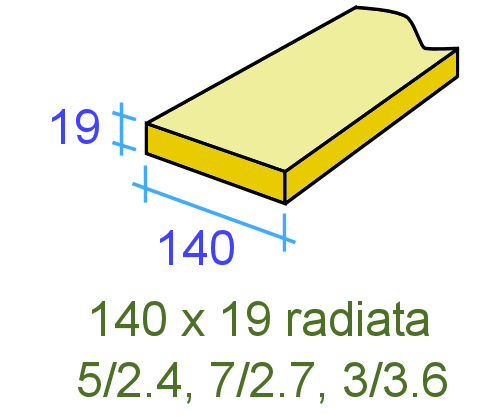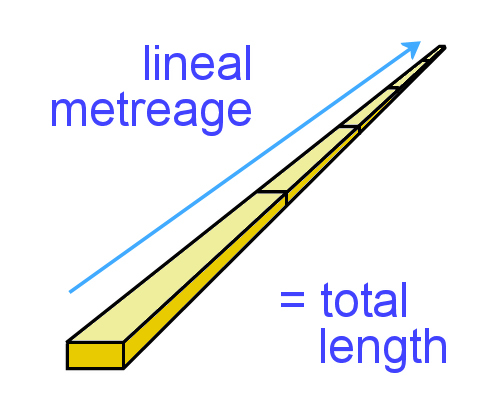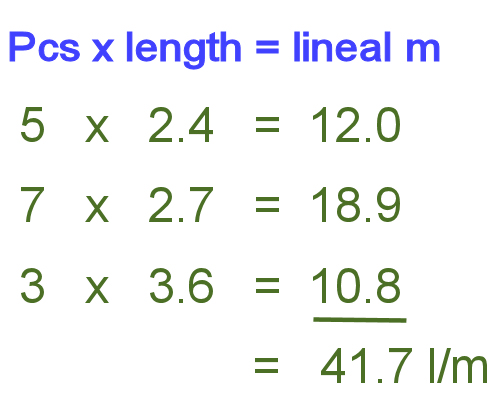Using tallies
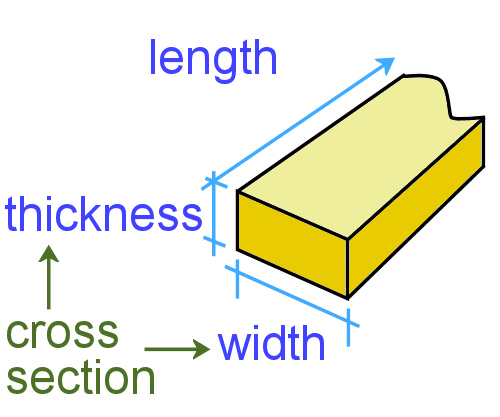 Audio for slide 3 (mp3 |6|KB)
Audio for slide 3 (mp3 |6|KB)
Note that in most instances, the size of a piece generally refers to its cross section, and the length refers to its lengthwise run.
It's also common practice to express size in millimetres and length in metres.

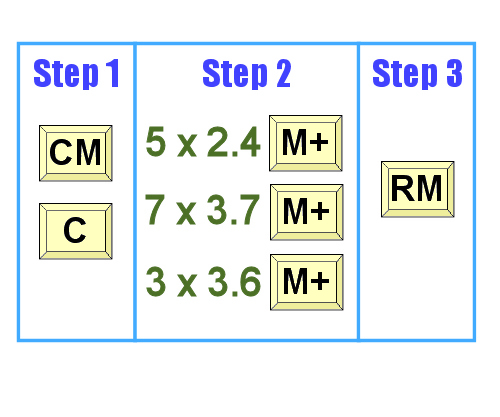 Audio for slide 6 (mp3 |6|KB)
Audio for slide 6 (mp3 |6|KB)
The easiest way to find the answer is to use a calculator with a memory button. Although not all calculators work in exactly the same way, the sequence of numbers and function buttons would be similar to that shown in the image.
To see this process written out in more detail, click on the link below.
Detailed description of calculation

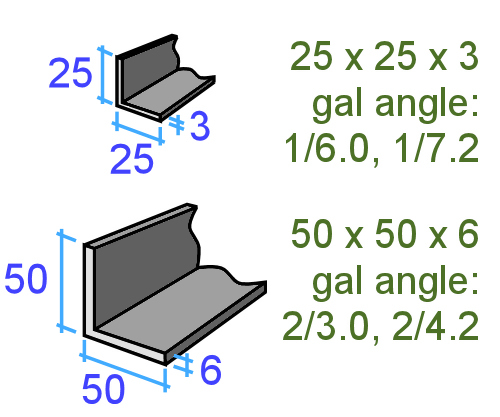 Audio for slide 8 (mp3 |6|KB)
Audio for slide 8 (mp3 |6|KB)
Example 2: steel angle
In this example, we've got two different sizes of material, which means we'll need two separate tallies.
The way you would write up these tallies is shown in the image. What they mean is:
25 mm x 25 mm x 3 mm thick galvanised angle: 1 piece at 6.0 m long and 1 at 7.2 m long 50 mm x 50 mm x 6 mm thick: 2 at 3.0 m and 2 at 4.2 m.

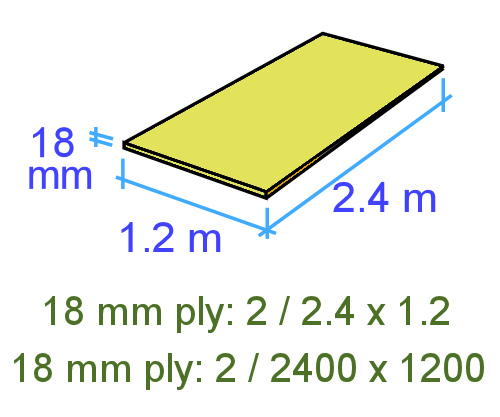 Audio for slide 9 (mp3 |6|KB)
Audio for slide 9 (mp3 |6|KB)
Example 3: plywood sheets
Sheet materials sometimes have their dimensions shown in metres and sometimes in millimetres.
For example, if you had two sheets of ply that were 18 mm thick, 2.4 metres long and 1.2 metres wide, it could be written up as:
18 mm ply: 2 / 2.4 x 1.2
or alternatively
18 mm ply: 2 / 2400 x 1200


Learning activity
Audio 10 (mp3 |6|KB)How many lineal metres (l/m) are in the following bundle of steel rods? Enter your answer into the cell, and click on the 'Check your answer' button to see if you were right.

| 13 mm dia. steel rod: 5/4.2, 3/4.8, 2/6.0 | 47.4 | lineal metres |


